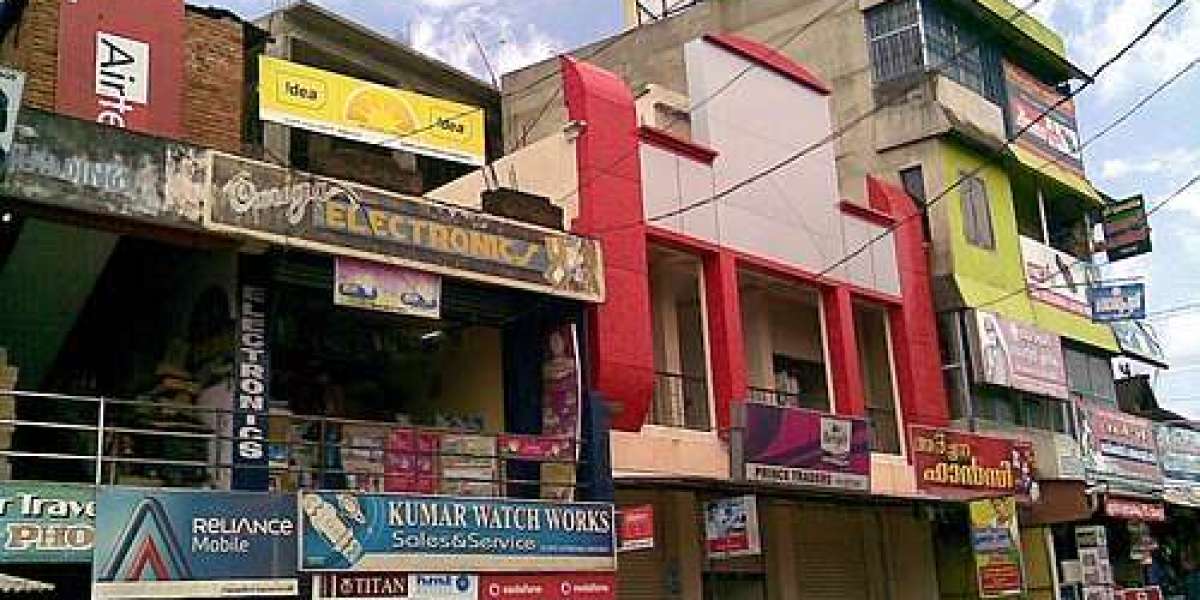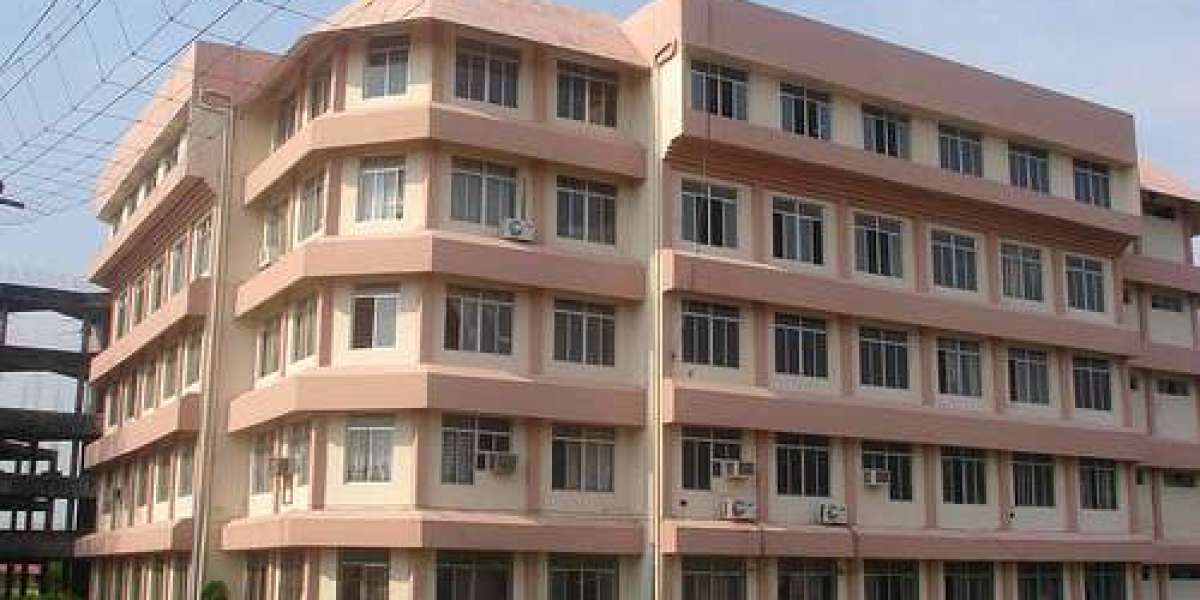Kerala’s Vigilance & Anti-Corruption Bureau (VACB) provides a structured mechanism to address corruption across various public departments. However, the workflow for handling complaints can slightly vary depending on the department involved - especially when comparing local self-government institutions like Panchayats with larger administrative bodies like Urban Local Bodies and the Town Planning Department. Here's a handy reference for how these workflows differ.
1. Panchayats: Grassroots-Level Vigilance
Complaints involving Panchayats- especially related to beneficiary lists, NREGS work, construction permits, or misuse of welfare schemes- are typically routed through District Vigilance Units. Once a complaint is received:
- A Preliminary Verification (PV) is done by a Vigilance officer in coordination with local officers such as the Block Development Officer or Assistant Engineer.
- In case of financial irregularities, audits are requested from the Local Fund Audit Department.
- If sufficient evidence is found, a Formal Inquiry or FIR is registered.
- The accused may face disciplinary proceedings under the Panchayat Raj Act if wrongdoing is confirmed.
Since Panchayats deal with localized public services, VACB emphasizes quick ground-level verification and community witness collection to ensure transparency and public participation.
2. Urban Local Bodies (Municipalities & Corporations)
Complaints here often relate to building permits, sanitation contracts, trade licenses, or property tax assessments. Mid-level officials or contractors are typically involved in these complaints.
- The VACB assigns Urban Vigilance Cells to assess the initial complaint.
- Site inspections are conducted, often in the presence of external technical officers (such as from PWD or Electrical Inspectorate).
- Due to the complexity of records and potential collusion, document audits and digital record tracing (through e-governance systems) play a bigger role than in Panchayat cases.
- If evidence of corruption is found, prosecution is launched in the designated Vigilance Court.
3. Town & Country Planning Department
This department handles high-stakes approvals, zoning regulations, and large infrastructure projects- often involving senior officials and private builders.
- Complaints are first vetted at the state-level VACB headquarters or referred by the Lokayukta.
- The process typically involves technical scrutiny by independent government architects or structural engineers.
- Investigation is data-heavy, involving plans, maps, file noting, and digital communications.
- Cases, if proven, may lead to both criminal prosecution and project de-approvals or cancellation of licenses.
While Kerala Vigilance follows a common framework of complaint, verification, and inquiry, the workflow adapts to the complexity and scale of each department. For citizens, understanding this helps ensure better tracking, follow-up, and responsible reporting.







